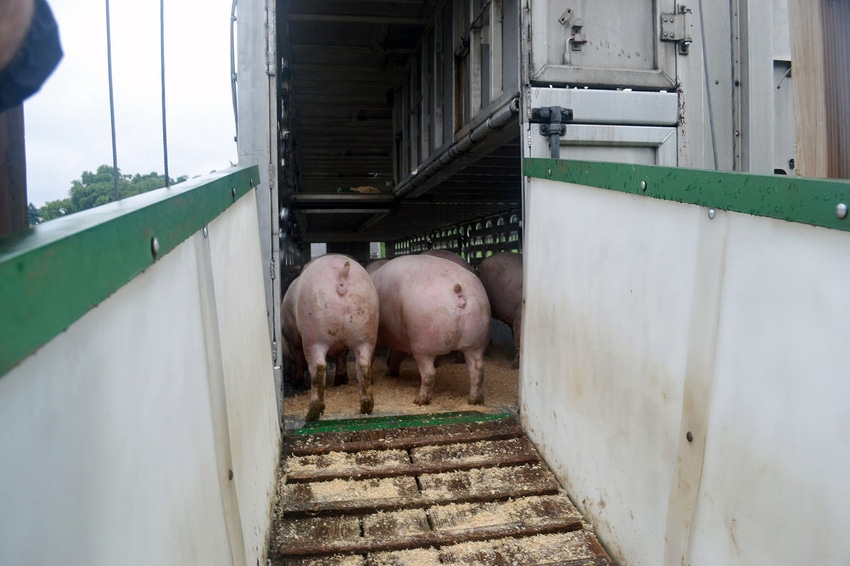Major changes in this year’s edition include adding a new section about how to handle occasions when there is a non-ambulatory animal on a truck or in the yard.
September 24, 2019

The North American Meat Institute has released its latest science-based animal care guidelines and audit for the meat industry. The guidelines and audit were authored by Colorado State University professor of Animal Behavior Temple Grandin, along with the Meat Institute’s Animal Welfare Committee.
“The meat and poultry industry is always looking for ways to improve humane animal handling for both the welfare of the animal and the safety of our workforce,” says Meat Institute president and CEO Julie Anna Potts. “The new Animal Handling Guidelines and Audit are the product of member company participation with the guidance of the Meat Institute’s veterinarian Dr. Tiffany Lee and the world’s foremost expert on animal welfare and the meat industry, Dr. Temple Grandin.”
“It is important to update these guidelines in order to facilitate continuous improvement of animal welfare standards in the meat industry,” says Grandin.
Major changes in this year’s edition of “Recommended Animal Handling Guidelines & Audit Guide: A Systemic Approach to Animal Welfare” include:
Adding a new section about how to handle occasions when there is a non-ambulatory or disabled animal on a truck or in the yard.
Providing a new definition of “non-ambulatory animal” consistent with U.S. and Canadian regulations.
Justifying using 100 head as the recommended sample size.
Allowing plants to determine, using outcomes-based measures, when water should be provided to animals in drive alleys, which follows Food Safety and Inspection Service policy.
The Meat Institute’s audit was originally developed by Grandin in 1997 and its adoption by meat companies helped transform how livestock are handled and processed in meat plants. Grandin premised the concept of an animal welfare audit on the idea that “you manage what you measure.” By measuring objective criteria like animal vocalizations, falls prod use to move animals, effective stunning and other objective criteria, she argued that plants could evaluate their animal handling practices, identify problems and drive continuous improvement. The Meat Institute agreed with her view and invited her to write it.
Since then data collected by Grandin show that important animal handling and stunning improvements have been made over time in plants thanks to the widespread use of the guidelines and the audit.
Additional resources on animal handling can be found at animalhandling.org. Among the Meat Institute’s most popular resources is its Glass Walls series of videos in which Grandin offers unscripted tours of cattle, pig, sheep and turkey plants. The videos have been viewed more than two million times.
Source: North American Meat Institute, which is solely responsible for the information provided, and wholly owns the information. Informa Business Media and all its subsidiaries are not responsible for any of the content contained in this information asset.
You May Also Like



